I have the following code
library(ggplot2)
library(dplyr)
# create data
time <- as.numeric(rep(seq(1,7),each=7)) # x Axis
value <- runif(49, 10, 100) # y Axis
group <- rep(LETTERS[1:7],times=7) # group, one shape per group
data <- data.frame(time, value, group)
# stacked area chart
ggplot(data, aes(x=time, y=value, fill=group)) +
geom_area()+
geom_text(data = data %>% filter(time == last(time)), aes(label = group,
x = time + 0.5,
y = value,
color = group)) +
guides(color = FALSE) + theme_bw() +
scale_x_continuous(breaks = scales::pretty_breaks(10))
But i am aiming for link
Is there any solution for stacked area plot?



